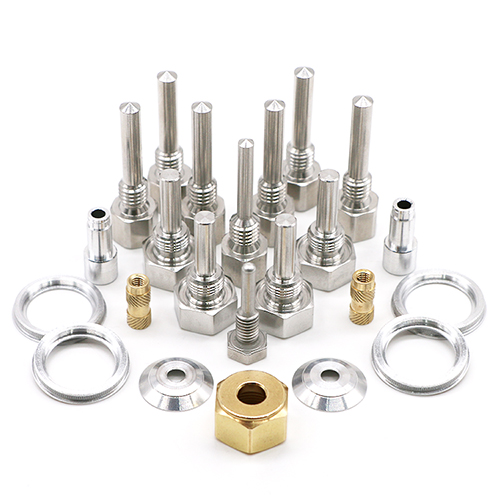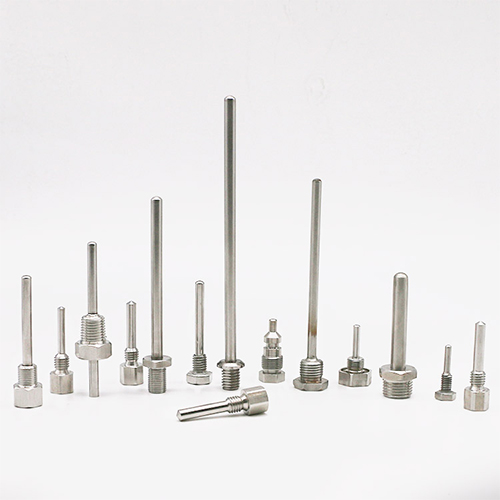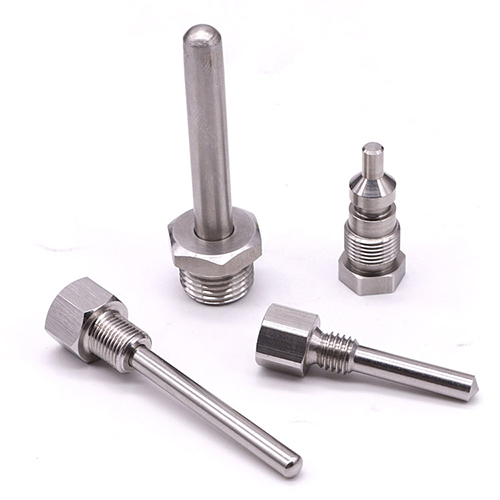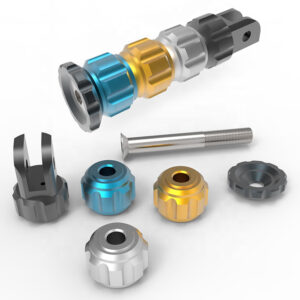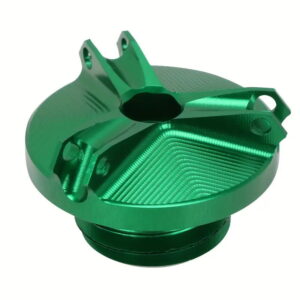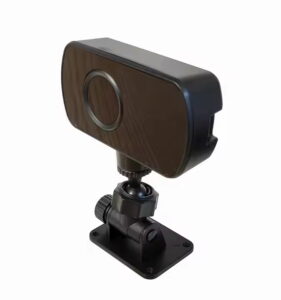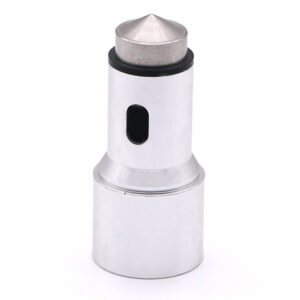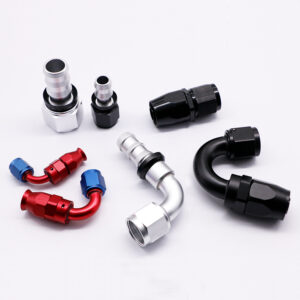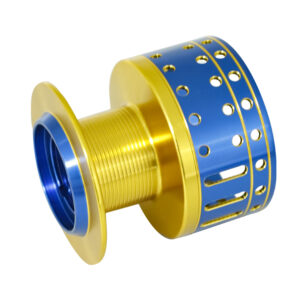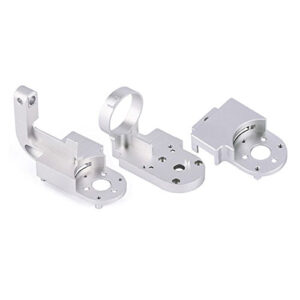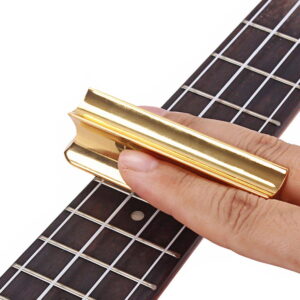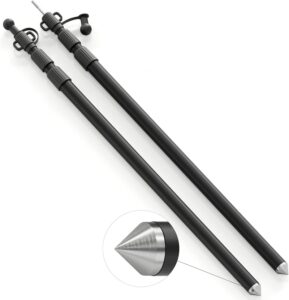Stainless steel, with its exceptional corrosion resistance, strength, and durability, is a material of choice for sensor parts manufacturing. The precision and complexity that CNC machining offers make it an ideal process for creating high-quality sensor components. This article delves into the intricacies of stainless steel CNC machining for sensor parts, exploring the challenges, solutions, and the role of sustainable practices in this domain.
Understanding Stainless Steel in Sensor Parts
Sensors are critical components in various industries, including automotive, aerospace, medical, and industrial automation. They often operate in harsh environments and require materials that can withstand temperature fluctuations, chemical exposure, and physical stress. Stainless steel’s properties make it a perfect candidate for sensor parts that demand reliability and longevity.
The Role of 5-Axis CNC Machining
5-axis CNC machining is a sophisticated process that allows for the creation of complex shapes and precise details. This technology is particularly beneficial for sensor parts, which may require intricate geometries and tight tolerances. The 5-axis capability enables the to approach the workpiece from any angle, ensuring that even the most complex sensor parts can be machined with precision and efficiency .
Challenges in Machining Stainless Steel Sensor Parts
Despite its advantages, machining stainless steel presents several challenges:
- High Work Hardening Rate: Stainless steel tends to harden as it is machined, increasing tool wear and the risk of tool breakage .
- Low Thermal Conductivity: The material’s low thermal conductivity can lead to heat buildup, causing deformation and affecting the surface finish .
- Chip Management: Stainless steel can produce long, stringy chips that can wrap around the cutting tool, leading to tool breakage and workpiece damage .
Solutions to Common Machining Challenges
To overcome these challenges, several strategies can be employed:
- Tool Selection: Using the right cutting tools, such as carbide or ceramic tools, can improve tool life and performance .
- Cutting Parameters: Optimizing cutting speeds, feed rates, and depths of cut can help minimize heat generation and work hardening .
- Coolant Systems: Employing high-pressure coolant systems can effectively dissipate heat and improve chip evacuation .
The Importance of Precision in Sensor Parts Machining
Precision is paramount in sensor parts manufacturing. Any deviation from the specified tolerances can affect the sensor’s performance. High-precision CNC machining ensures that each part meets the exacting standards required for reliable sensor operation. This precision is achieved through the use of advanced CNC machines, precise tooling, and stringent quality control measures .
Sustainability in Stainless Steel CNC Machining
Sustainable manufacturing practices are increasingly important in the machining industry. This includes the use of environmentally friendly cutting fluids, energy-efficient machines, and waste reduction strategies. For example, minimum quantity lubrication (MQL) systems can significantly reduce the amount of cutting fluid used, leading to a more sustainable machining process .
Quality Control in Sensor Parts Machining
Ensuring the quality of machined sensor parts is crucial. This involves rigorous inspection at each stage of production to guarantee accuracy and consistency. Advanced inspection equipment, such as coordinate measuring machines (CMMs), is used to verify dimensions and surface finish .
Stainless steel CNC machining for sensor parts combines precision, durability, and sustainability to meet the demanding requirements of modern sensors. By addressing the unique challenges of machining stainless steel and adopting sustainable practices, manufacturers can produce high-quality sensor parts that perform reliably in even the most challenging environments. As the industry continues to evolve, the integration of advanced technologies and sustainable practices will be key to maintaining the high standards required in sensor parts manufacturing.

